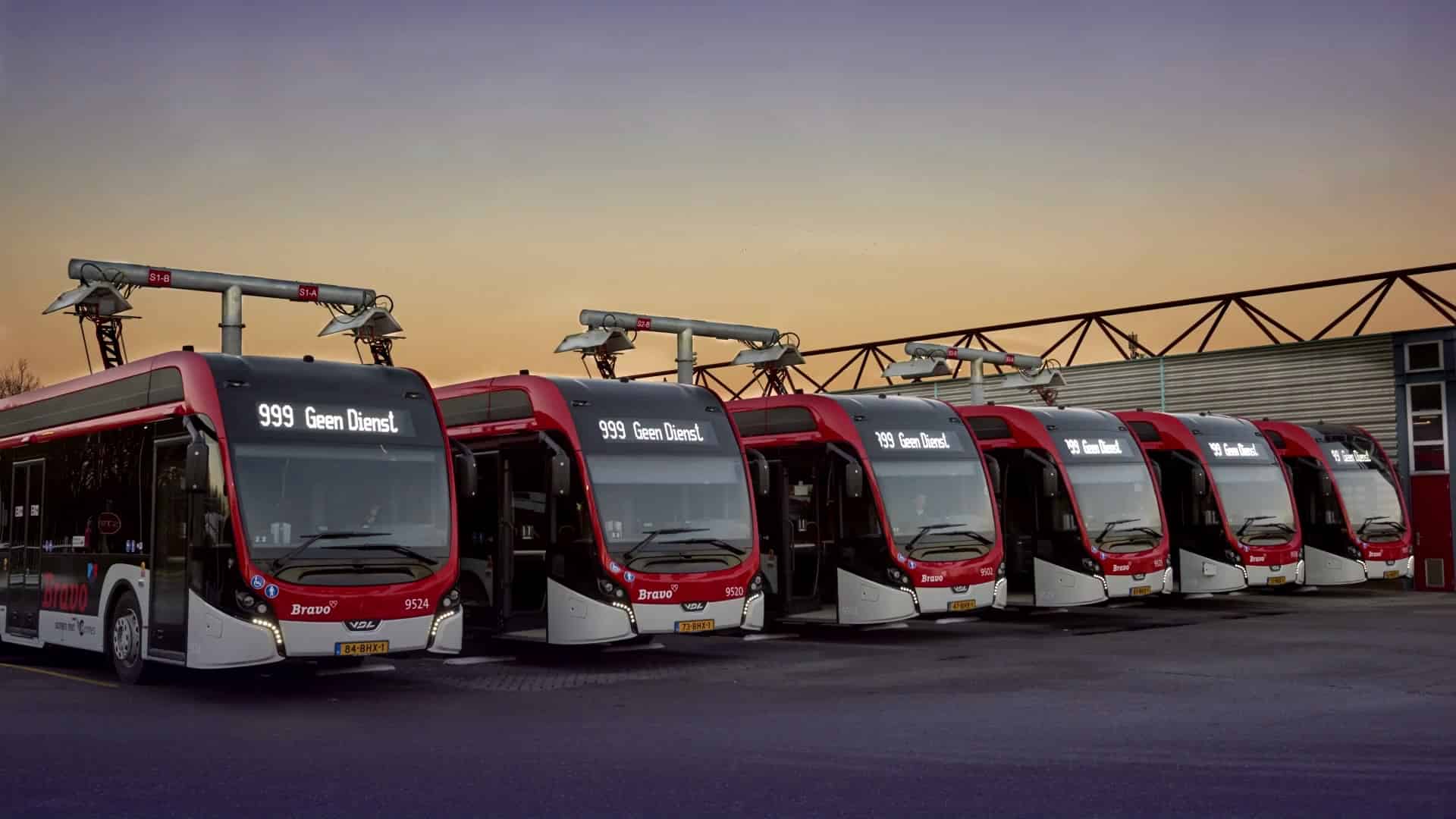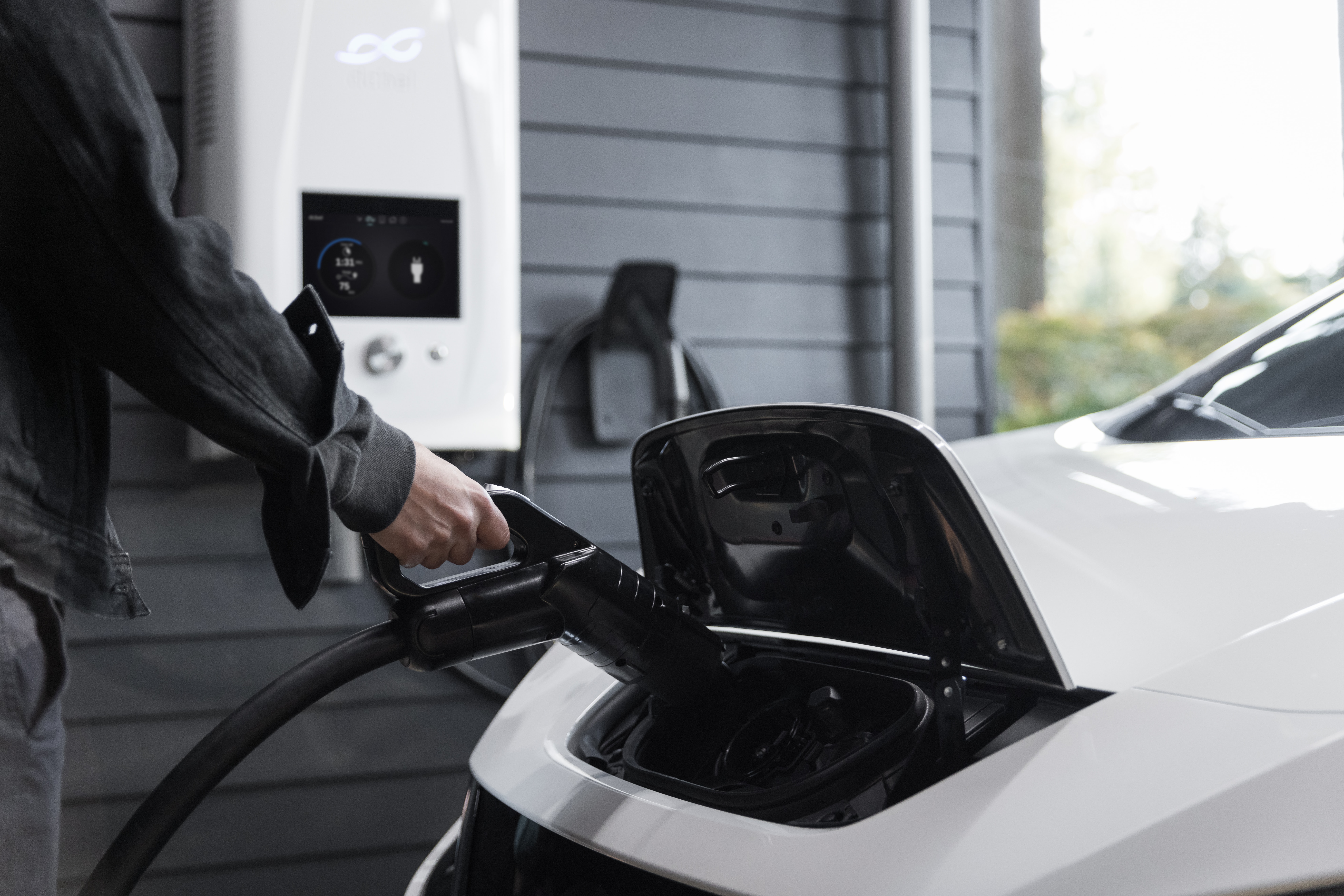
Bus manufacturer VDL and energy giant RWE will link batteries from electric buses at the Moerdijk power plant, creating a 7.5 megawatt (MW) electricity storage battery. This should contribute to better stabilization of the electricity grid. For this innovative project, the two companies use Anubis 43-ion lithium batteries previously used in electric buses of manufacturer VDL. In this way, the “second life” batteries make an important contribution to the electricity grid’s stability and help to relieve the burden on the grid by balancing supply and demand.

Sustainable alternative
Roger Miesen, CEO RWE Generation SE: “RWE is leading the way in developing innovative energy storage solutions. Batteries are well suited for keeping supply and demand of electricity in balance and thus for helping to stabilise the grid. With Anubis we will put second-life batteries to further use as a sustainable alternative to new batteries. This is an opportunity to provide high-performance storage solutions quickly, economically and sustainable. With this project we gain experience that will help us to conduct future battery projects of this kind.”
Used batteries
Paul van Vuuren, CEO VDL Bus & Coach, adds: “In this project, we will initially use the batteries from 43 electric VDL buses that have been in operation in the Dutch city of Eindhoven since 2016. These vehicles are currently receiving a new and larger battery pack, but the used batteries still have enough capacity to be used in stationary applications. In Europe we are a forerunner in the field of electric public transport. Offering a sustainable circular solution for our batteries fits into our strategy. However, its application still requires a lot of new knowledge and development. Together with RWE, we will therefore be taking a lot of measures and collect data in this project, so that we can contribute even more making our society sustainable.”
CO2 reduction
VDL and RWE intend to deploy many more decommissioned batteries in this way over the coming years. The demand for electric buses is increasing rapidly in the Netherlands and surrounding countries while the need for storage capacity is growing. Assuming that after 2030 all buses and an increasing number of cars and trucks in the Netherlands will run on electricity, each year more than 150,000 tons of batteries will reach the end of their first life cycles. These are currently classified as waste and as such mostly taken to recycling plants abroad.
Instead of using these batteries in stationary storage facilities, their productive life is being prolonged. This also reduces the use of resources such as rare earths. Furthermore Anubis contributes to CO2 reduction as it spreads the carbon footprint of manufacturing batteries over many more years and charging cycles. At the end of their life cycle, the batteries are dismantled in a responsible way and materials are reused as much as possible.
Balance supply and demand
Wind and solar energy are weather-dependent and therefore, the energy supplied to the network fluctuates. Battery storage can in three ways, support the transition to a more sustainable energy supply. First, batteries can store or supply energy to balance supply and demand at times of high or low production from intermittent renewable sources. Secondly, by reducing peak supply and demand, the existing grid capacity is used more efficiently and more suppliers and off-takers can be connected to the network. Finally, at the request of electricity transmission system operator TenneT, the batteries can store or supply energy quickly and in this way help to stabilize the frequency of the power grid.
The planned storage facility in Moerdijk is expected to become operational in 2023. RWE is already working on battery projects in Germany, Belgium, the United Kingdom and the US. In its tender bid for the Hollandse Kust West offshore wind farm, RWE has also included a plan for the largest battery in the northern part of the Netherlands. This will make connecting renewable production capacity to the grid easier in the coming years.
Audi
RWE’s first project of this kind came into operation in 2021, with an energy storage system consisting of used lithium-ion batteries from Audi at the site of the pumped-storage power plant in Herdecke, North Rhine-Westphalia. It’s the ambition of RWE to grow its battery storage capacity to 3 gigawatts by 2030.
Selected for you!
Innovation Origins is the European platform for innovation news. In addition to the many reports from our own editors in 15 European countries, we select the most important press releases from reliable sources. This way you can stay up to date on what is happening in the world of innovation. Are you or do you know an organization that should not be missing from our list of selected sources? Then report to our editorial team.
